I’m never a fan of wireless network even though I have a D-Link DIR-655 Wireless N router at home.
I’ll mainly be using the 4 ports Gigabit switch available on the DIR-655 for connections of my Mac mini server, MacBook Pro, NAS and Playstation 3.
The OpenNet’s Optical Fibre termination point is in the living where most of my servers, NAS, computers being in the bed room. Hence I’ve decided to try out the new Aztech HomePlug HL280E which enable network connection through the use of powerline up to 1000Mbps.
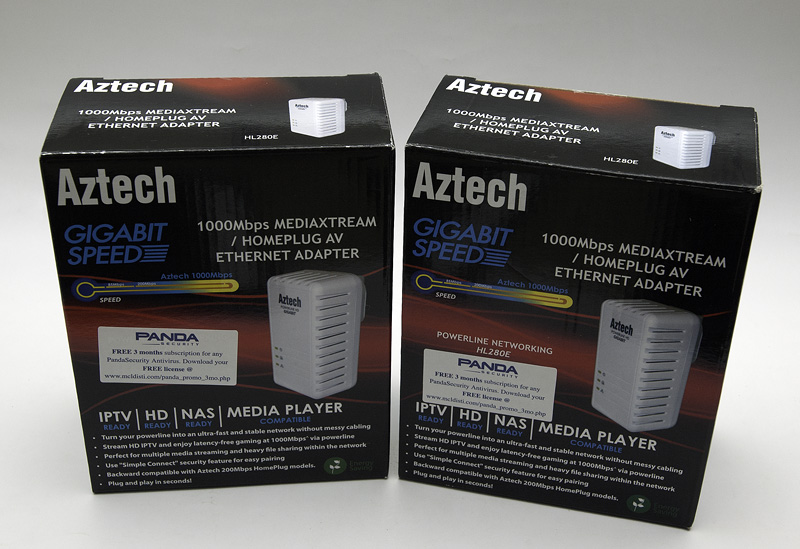
I’ll be performing a series of tests using iPerf (TCP mode only test).
Test Machines & Software
Server: MacBook Pro 2.66GHz Intel Core i7, 8GB 1066MHz DDR3 SDRAM, Raid-0 (2 x 240GB OWC Mercury Extreme Pro SSD Serial ATA 2.5″ Solid State Drives)
Server IP: 192.168.2.2, Gateway 192.168.2.1, Subnet: 255.255.255.0
Client: MacBook Pro 2GHz CoreDuo, 2GB DDR2 RAM, 500GB SATA HDD
Client IP: 192.168.2.1, Gateway 192.168.2.1, Subnet: 255.255.255.0
Power Strips: 02 x Taiyo 8 Gang 3 Metres Extension Sockets
Tool version: iperf version 2.0.2 (03 May 2005) pthreads
iPerf Commands
Server: iperf -s
Client: iperf -c 192.168.2.2
Client will attempt to iperf server IP for 3 times in succession.
Test 1 (Server and client in the bedroom, on the same wall socket)
Server location: Bedroom
Client Location: Bedroom

Test 2 (Server connected to wall socket, client connected to wall socket)
Server location: Bedroom
Client Location: Living Room

Test 3 (Server connected to wall socket, client connected to power strip)
Server location: Bedroom
Client Location: Living Room
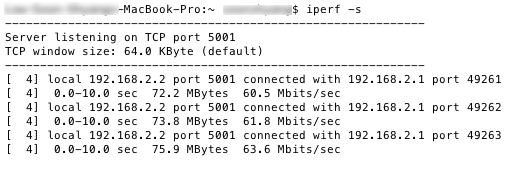
Test 4 (Server connected to wall socket, client connected to wall socket)
Server location: Bedroom
Client Location: Utility Room (Room furthest away from bedroom with wall socket extended from kitchen’s existing power circuit)

Test 5 (Server connected to power strip, client connected to power strip)
Server location: Bedroom
Client Location: Living Room

Test 6 (Server connected to power strip, client connected to wall socket)
Server location: Bedroom
Client Location: Living Room

Test 6 will be the likely scenario of how my network will be deployed since there’s only 1 wall socket closest to where all my NAS, Mac Mini and MacBook Pro were, hence the HomePlug for the bedroom will definitely be on a power strip.
When my SingTel exStream gets activated eventually, a network speed of 50 Mbits/sec isn’t too bad.





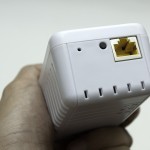

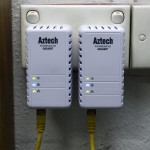
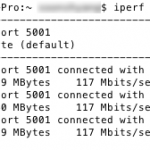
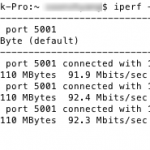

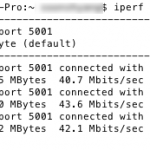


jus curious…are u using 100mbps Fibre??? wats the best speed u can acheive with speedtest.net??? i’m on M1 100mbps using 200mbps Homeplug, router in living room n my PC in bedroom, seems like i can only get max 55mbps… can u get anything above 75mbps for the 1000mbps homplug in ur room??? i’m thinking of changing to 1000mbps homeplug… was wondering if they are worth it
I’m on 200Mbps Singtel exStream. Speedtest.net connected to a Salt Lake City, UT server yields the following:
Ping: 223ms, Download Speed: 2.55Mbps, Upload Speed: 4.5Mbps.
If speedtest.net against Singtel server:
Ping: 5ms, Download Speed: 210.56Mbps, Upload Speed: 67.65Mbps.
The throughput of the 1000Mbps homeplug isn’t good. Have already sold it. Waiting for better pass-through model till I try again with such technology.